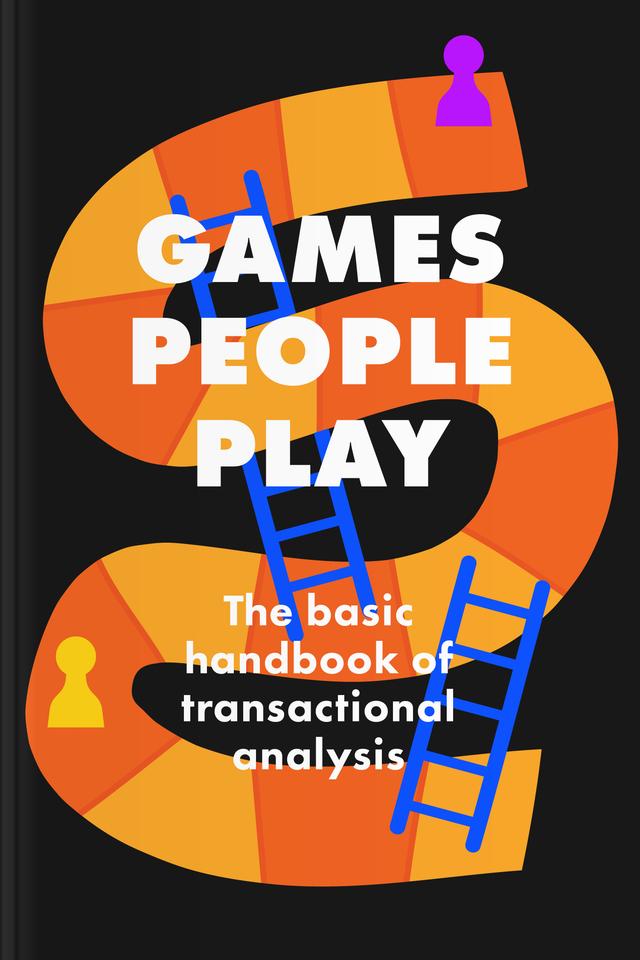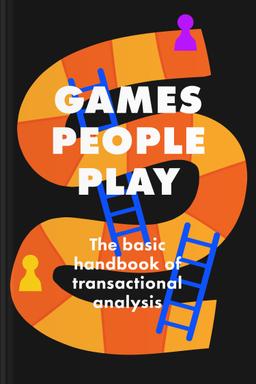You’ll learn
- The difference between game and operation
- What is considered the best ego state
- Whether therapists play games
- How to quit games
russia has launched a full-scale war in Ukraine. Donate to support Ukraine and protect the world’s peace.

first KEY POINT
Throughout history, humans have existed in a system that has allowed them to communicate. This ability to interact is not an obligation or social construct but a need. Scientists have proved that babies who do not experience personal contact for a long time can become seriously ill and eventually die. Prisoners who get isolated from the outside world tend to develop mental disorders. Experts define this wish for personal contact as a stimulus-hunger.
Later in life, an infant’s craving for intimacy turns into recognition-hunger — the wish to have people recognize them as individuals and accept them in society. Then follows structure-hunger — the need to arrange time, whether you spend it alone or with other people. Here are three main aspects of time-structuring:• Material programming has nothing to do with social interactions; it involves performing tasks or engaging with inanimate objects — you may wash your hands, repair a car, or build a house.
• Social programming is a default set of expressions defined by tradition and social norms. You most likely use it when meeting someone — you say “Hi” or play out any greeting normalized in your area, for example, a bow or shaking hands.
• Individual programming evolves as people establish closer connections — they form friendships, fall in love with each other, build a family, or bring up children. With a deeper relationship, individuals allow themselves to engage in games.This summary is perfect for you if you are interested in psychology or want to understand human nature better. You will learn the models of behavior that people implement in their everyday life.
second KEY POINT
While people have different demeanors and thought processes, they possess the same behavioral templates. These patterns are ego states — a combination of feelings and predetermined behavior models. Generally, people can act in three modes:• The Parent ego state is a copy of parental figures in a person's life. This condition manifests in two forms: direct and indirect. This state's natural pattern is the “do as I do,” in which a person exactly copies what the parental figure does or says. The indirect form is the “do as I say, not as I do,” where an individual adapts to the parents' requirements and responds as required.
• The Adult ego state comes from objectively appraising a person's reality and the knowledge garnered from experiences. This condition guides the individual's decision-making process, whether right or wrong; it processes data and forms understanding. The Adult state is a mediator between the Parent and the Child; it balances them out.
• The Child ego state is the oldest, as it comes from childhood. The Child condition is about acting “childlike,” which pertains to being full of joy and hope, pure and good. This state can also manifest in two forms: adapted and natural. If a person embraces the former, they subconsciously act as if following parental instructions carefully and obediently. In a natural state, the individual welcomes creativity, imagination, and naivety.

Continue reading with Headway app
Continue readingfirst KEY POINT
second KEY POINT
third KEY POINT
fourth KEY POINT
fifth KEY POINT